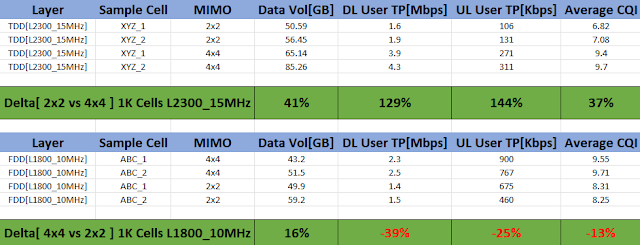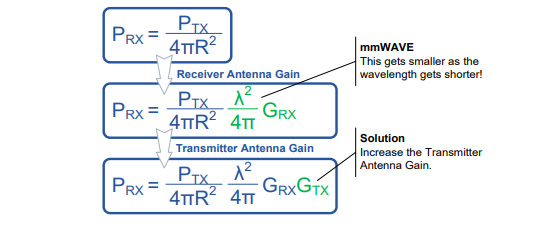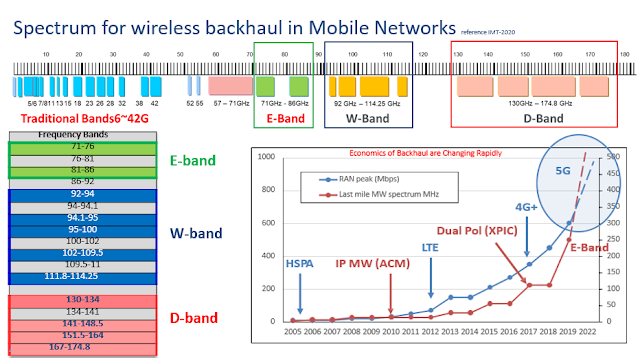Basics of capacity Planning in LTE [ Dont ignore VoLte/ViLte Traffic]
Below are basics of capacity planning 1. Thumb rule of input is cell throughput or user throughput that derived from below testing . 1.1 How many concurrent users 1.2 What are services we are offering to those concurrent users and what are Min Bit Rate [ UL/DL ] 1.2.1 How many users uses voice- 1.2.2 How many users uses Video 1.2.3 How many users uses Data/OTT 1.2.4 How many users uses Mobile TV 1.2.5 How many users uses TV [ SD & HD ] 1. 2. How many hours are considered as busy hours out of 24 hours 2.3. What is data Uses Per Hour DL_MB [ Convert All services into MB 1.2.1 + 1.2.2+1.2.3+1.2.4+1.2.5 ] 4 4. What is UL Data Volume Per Hour_MB [ Considers as 20% of DL while planning ] 5. 5 . Total Data Uses_MB :- Point 3+4 6. 6 . How much load Condition data uses_MB :- 70% used as idle Total Data consumption in that total busy hour out of 24 Hrs*70% = Equipped Capacity for that cell Comment i







